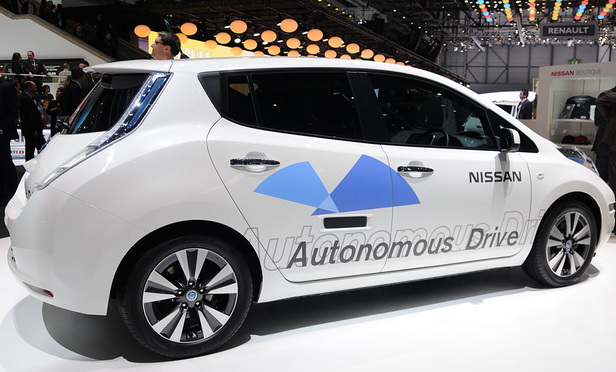In today’s race to innovate, every seller of goods and services wants to offer “smart” connected devices capable of remote control via smartphone, laptop or other mobile device. The smart device economy is known as the Internet of things (IoT), where consumer and industrial devices (and product controls) have embedded microprocessors and connect to the Internet. IoT devices include automobiles, drones, household lighting and appliances, household locking systems, LED light bulbs with remote controls, surveillance cameras and even talking teddy bears and motorized toys.
Under the common law principle of strict products liability for sellers of inherently dangerous products and services, a seller (or supplier in the supply chain) is personally responsible for injury and property damage caused by an inherently dangerous product. Seller liability can arise from faulty design, faulty manufacture or failure to warn about non-obvious defects. Today, this principle could be extended to service providers using smart tools.
This content has been archived. It is available through our partners, LexisNexis® and Bloomberg Law.
To view this content, please continue to their sites.
Not a Lexis Subscriber?
Subscribe Now
Not a Bloomberg Law Subscriber?
Subscribe Now
LexisNexis® and Bloomberg Law are third party online distributors of the broad collection of current and archived versions of ALM's legal news publications. LexisNexis® and Bloomberg Law customers are able to access and use ALM's content, including content from the National Law Journal, The American Lawyer, Legaltech News, The New York Law Journal, and Corporate Counsel, as well as other sources of legal information.
For questions call 1-877-256-2472 or contact us at [email protected]






